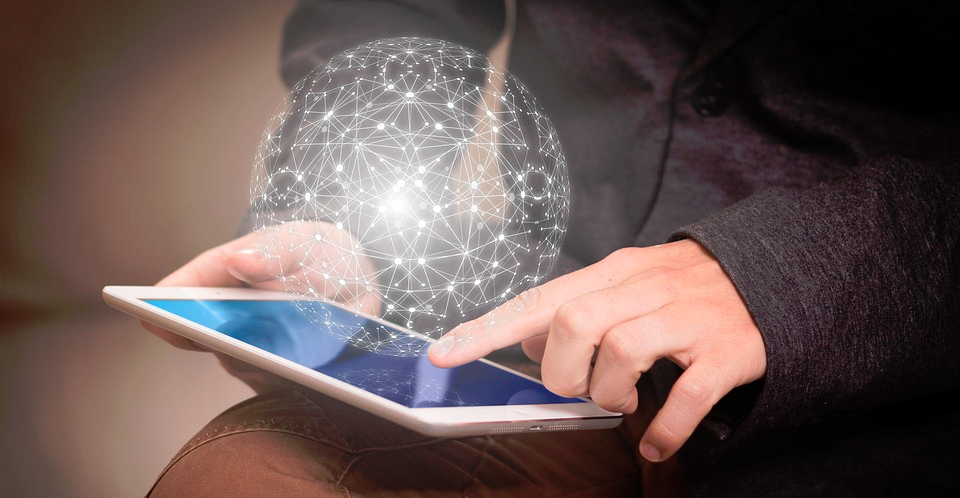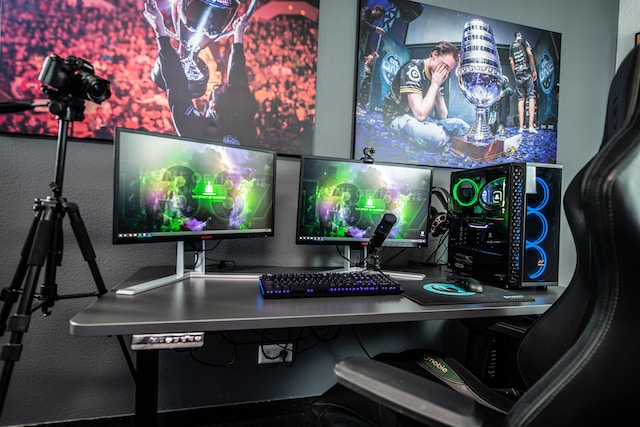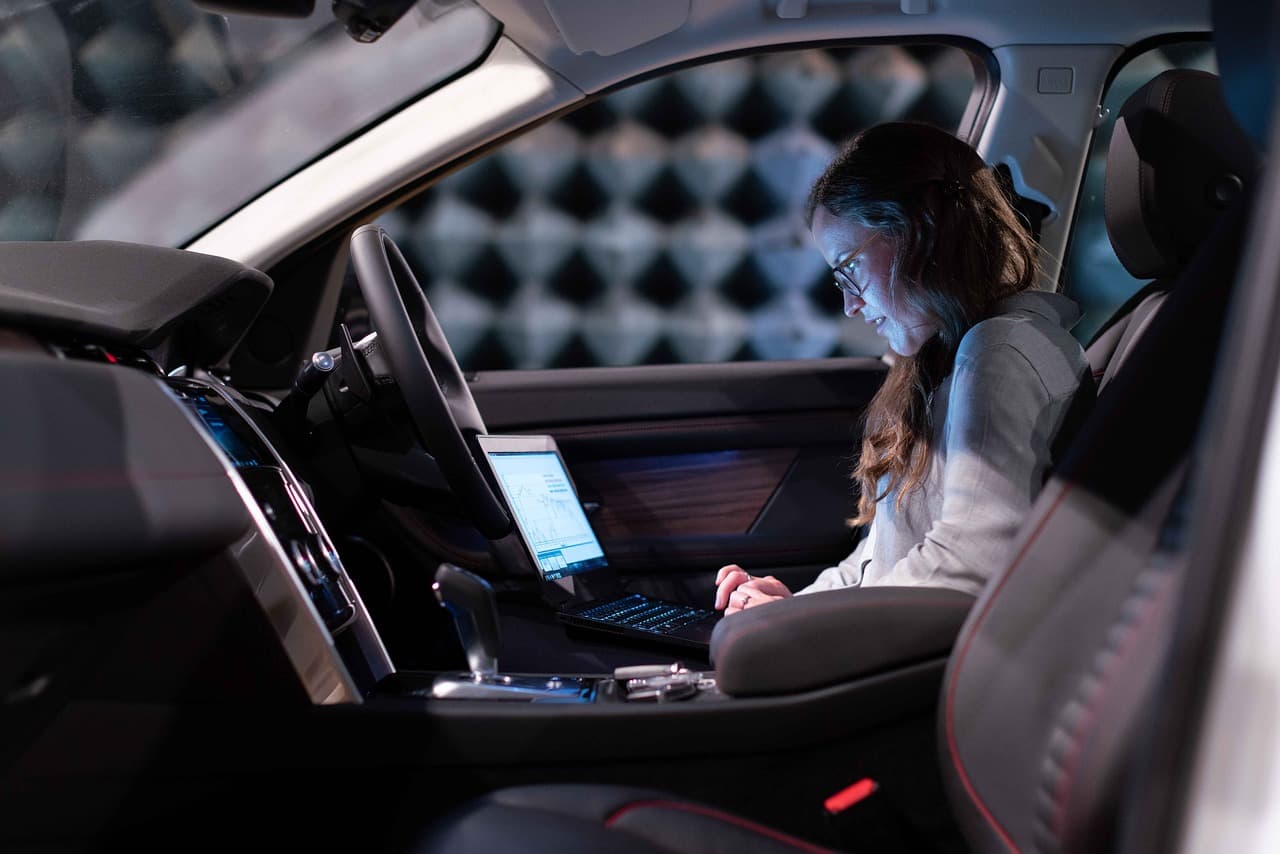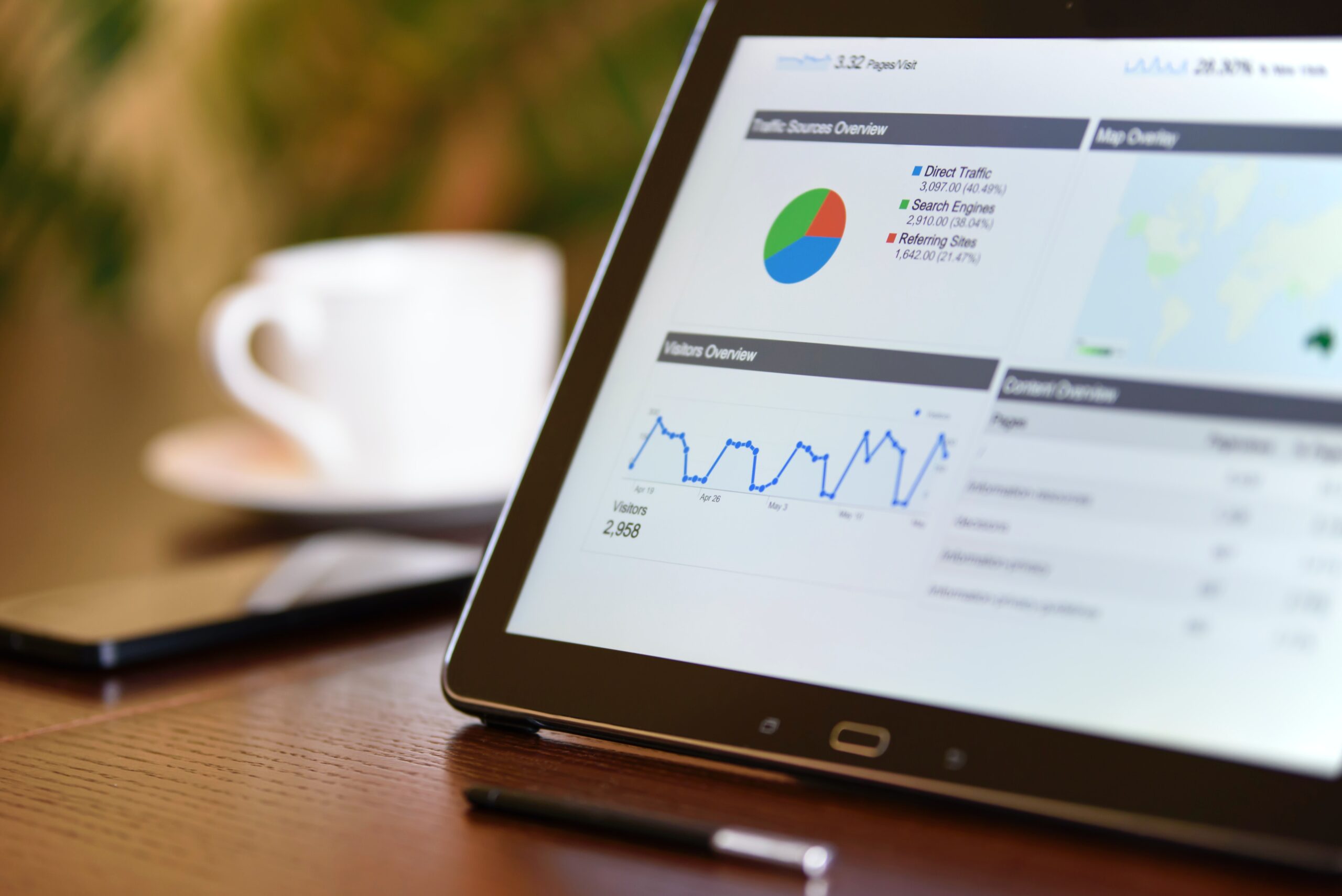
Integrating Bits and Bytes: How Information Technology Transforms Everyday Existence
In the blink of an eye, the information technology (IT) industry has woven itself into our daily lives. From the moment we wake up to the instant we fall asleep, we interact with a diverse range of IT-enabled devices and services. This blog post will explore the various ways information technology has transformed our everyday existence. It will also explore how the IT industry has become an essential part of modern living.
I. ubiquitous connectivity
One of the most notable aspects of the IT revolution is ubiquitous connectivity. With the widespread adoption of smartphones and the rapid expansion of wireless internet, people can now stay connected to the digital world 24/7.
A. The Internet of Things (IoT).
The Internet of Things (IoT) has enabled everyday objects to connect to the internet, allowing them to communicate with one another and share data. This has led to the creation of smart homes, where appliances such as thermostats, security systems, and even coffee makers can be controlled remotely via smartphones or voice commands.
- Smart thermostats: These devices automatically adjust heating and cooling settings based on the user’s habits and preferences, leading to improved energy efficiency and cost savings.
- Smart security systems: These advanced systems provide real-time monitoring and alerts, ensuring a safer and more secure living environment.
- Smart coffee makers: Imagine waking up to freshly brewed coffee aroma. These devices can be programmed to start brewing at a specific time, ensuring a fresh cup of joe is always waiting for you in the morning.
B. Wearable technology
Wearable technology is another manifestation of ubiquitous connectivity. From fitness trackers to smartwatches, these devices keep us connected but also help us monitor our health and well-being.
- Fitness trackers: These gadgets track physical activities, heart rate, sleep patterns, and more, encouraging users to lead healthier lives.
- Smartwatches: They have evolved from simple timekeeping devices to powerful mini-computers that support apps, messaging, and even phone calls, all from your wrist.
II. Virtual experiences
Information technology has also revolutionized the way we experience the world around us by creating immersive virtual experiences.
A. Augmented reality (AR)
Augmented reality (AR) technology superimposes digital content onto the user’s view of the real world, creating an interactive experience that blends both realities. Popular AR applications include:
- Navigation: Apps like Google Maps and Apple Maps use AR to overlay directions and other location-based information onto real-world images, making it easier to navigate unfamiliar surroundings.
- Gaming: Pokémon GO, one of the most popular mobile games in history, uses AR to create an immersive gaming experience where players can catch virtual creatures in the real world.
B. Virtual reality (VR).
Virtual reality (VR) transports users into entirely digital environments, allowing them to explore and interact with their surroundings in a fully immersive way. This technology has applications in various fields, such as:
- Entertainment: VR gaming and movies offer users unparalleled immersion, making them feel part of the action.
- Education: VR technology is used to create immersive educational experiences, such as virtual field trips or interactive science labs, that help students better understand complex concepts.
III. Streamlined communication
The IT industry has also made significant strides in enhancing communication.
A. Social media
Social media platforms have made it easier than ever to stay connected with friends, family, and colleagues across the globe. These platforms enable users to share updates, photos, and videos in real-time, fostering community and camaraderie. Popular social media sites include:
- Facebook: This platform has evolved from a simple college networking site to a global social media giant, boasting over 2.8 billion monthly active users.
- Instagram: Known for its emphasis on visual content, Instagram has become the go-to platform for sharing photos and short videos, making it popular among younger generations.
- Twitter: With its 280-character limit, Twitter has emerged as a platform for quick updates, news sharing, and real-time conversations.
B. Instant Messaging and Video Calls
The rise of instant messaging apps and video calls has made long-distance communication more accessible and affordable than ever. These tools have connected individuals and facilitated remote work and online collaboration.
- WhatsApp: With over 2 billion users, this app offers instant messaging, voice calls, and video calls, making it one of the most popular communication tools worldwide.
- Zoom: This video conferencing platform gained immense popularity during the COVID-19 pandemic, as it allowed people to stay connected with loved ones and coworkers while working from home.
IV. Enhancing productivity
Information technology has also played a significant role in boosting productivity. This is done by providing us with tools that automate routine tasks, simplify complex processes, and help us manage our time more effectively.
A. Automation and artificial intelligence (AI).
Automation and artificial intelligence (AI) are transforming various industries by streamlining tasks, optimizing workflows, and reducing manual labor. Some examples include:
- Robotic process automation (RPA): This technology automates repetitive tasks, such as data entry and invoice processing, freeing up employees to focus on higher-value work.
- AI-powered virtual assistants: Siri, Google Assistant, and Alexa are just a few examples of AI-powered virtual assistants that can perform tasks, answer questions, and provide personalized recommendations.
B. Time management and collaboration tools
Time management and collaboration tools have made it easier for individuals and teams to work together, regardless of their location. These tools streamline project management, facilitate communication, and track progress.
- Trello: This project management tool uses a visual, card-based system to organize tasks and collaborate with team members.
- Slack: This communication platform integrates instant messaging, file sharing, and video calls, making it an essential tool for remote teams.
In conclusion, the information technology industry has profoundly impacted our everyday lives, from the way we communicate and work to how we experience the world around us. As technology continues to advance, we can only imagine the exciting advances in innovations that lie ahead. These innovations promise to further transform our daily existence in ways we have yet to conceive.
V. Personalized entertainment
The IT industry has revolutionized our entertainment choices by offering an increasingly personalized and on-demand experience.
A. Streaming services.
Streaming services have become the go-to source for movies, TV shows, and music, allowing users to access a vast library of content anytime, anywhere.
- Netflix: With a diverse selection of films and TV series, including original productions, Netflix has become a global leader in the streaming market.
- Spotify: Offering access to millions of songs, Spotify enables users to create custom playlists, discover upcoming artists, and listen to podcasts.
B. Personalized recommendations.
Powered by advanced algorithms and machine learning, these services provide personalized recommendations based on users’ preferences, viewing history, and ratings.
- YouTube: The video-sharing platform employs sophisticated algorithms to recommend videos tailored to each user’s interests, providing an endless stream of content to explore.
- Goodreads: This social network for book lovers suggests new reads based on users’ ratings, reviews, and favorite genres, helping avid readers discover their next literary obsession.
VI. E-commerce and Online Shopping
The IT industry has also transformed shopping, with the rise of e-commerce and online shopping.
A. Convenient shopping experience
Online shopping offers a convenient, hassle-free experience that allows consumers to browse and purchase products from their homes.
- Amazon: As one of the world’s largest e-commerce platforms, Amazon offers an extensive range of products, from electronics and fashion to groceries and household items.
- Etsy: This online marketplace specializes in handmade, vintage, and unique items, connecting independent creators with buyers around the world.
B. Price Comparison and Reviews
E-commerce platforms enable users to compare prices and read reviews from other customers, empowering them to make informed purchasing decisions.
- Google Shopping: This price comparison tool helps users find the most favorable deals on products they’re interested in, making it easier to shop and save money.
- TripAdvisor: This platform offers user-generated reviews and ratings on hotels, restaurants, and attractions, helping travelers plan their trips with confidence.
As we look to the future, it’s clear that the IT industry will continue to reshape our daily lives in countless ways. From advancements in AI and automation to the emergence of new platforms and technologies, we can expect further integration of information technology into our daily routines, ultimately enhancing our experiences and making our lives more convenient, efficient, and enjoyable.




